Complete Guide to Measuring Ingredients Accurately
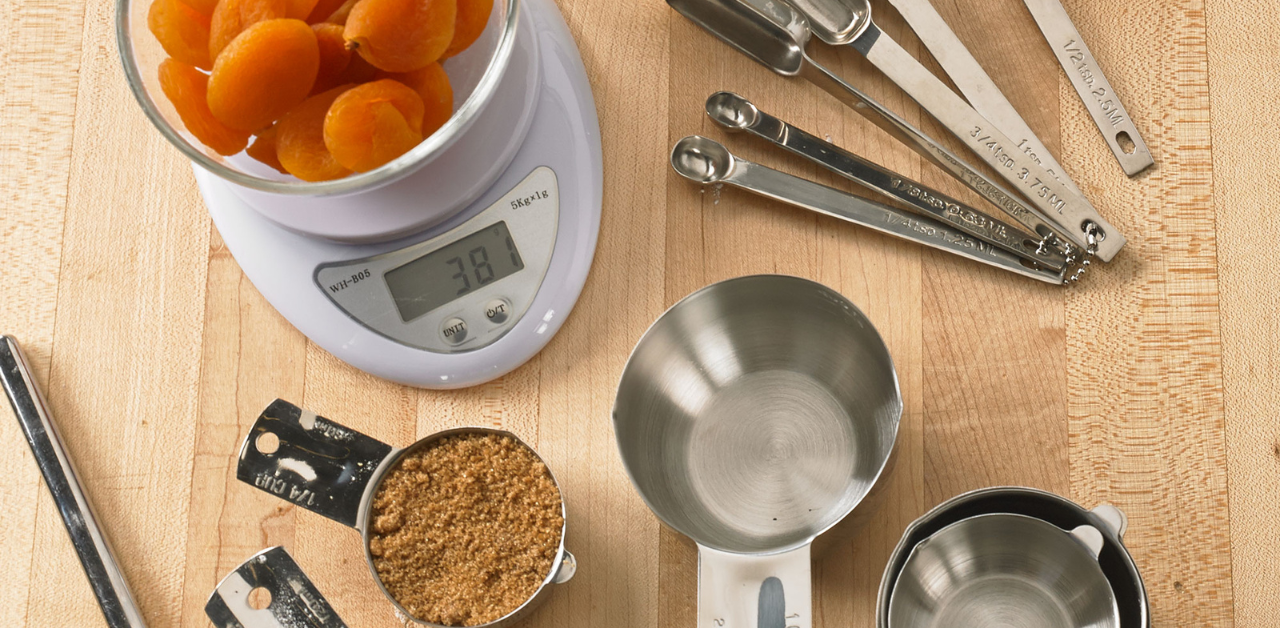
Why Accurate Measurement Matters
Food preparation success relies on accurate ingredient measurement as its essential starting point. A minimal error in measuring ingredients will transform the texture along with flavor and final outcome in a recipe. The ability to measure ingredients accurately distinguishes ordinary cooking from truly excellent cooking according to professional chefs.
Essential Measuring Tools
All kitchens require basic measurement equipment to maintain precision. Quality tools such as measuring spoons and measuring cups for dry ingredients along with liquid measuring cups are essential purchases for the kitchen. Your cooking success depends heavily on these essential tools.
Measuring Dry Ingredients
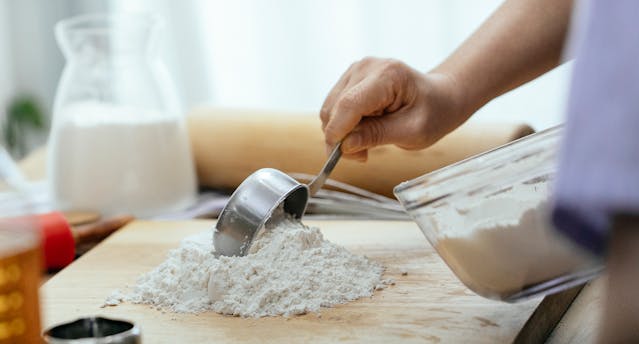
The successful measurement of flour and sugar and other dry components depends heavily on proper technique. Use a spoon to add dry ingredients to your measuring cup then smooth them off with a straight-edge tool. Do not pack or tap ingredients because these methods cause compression which results in wrong measurements.
Key Dry Ingredient Tips
- Spoon ingredients gently
- Level with a straight edge
- Avoid compressing
- Use a kitchen scale for most precise results
Liquid Measurement Techniques
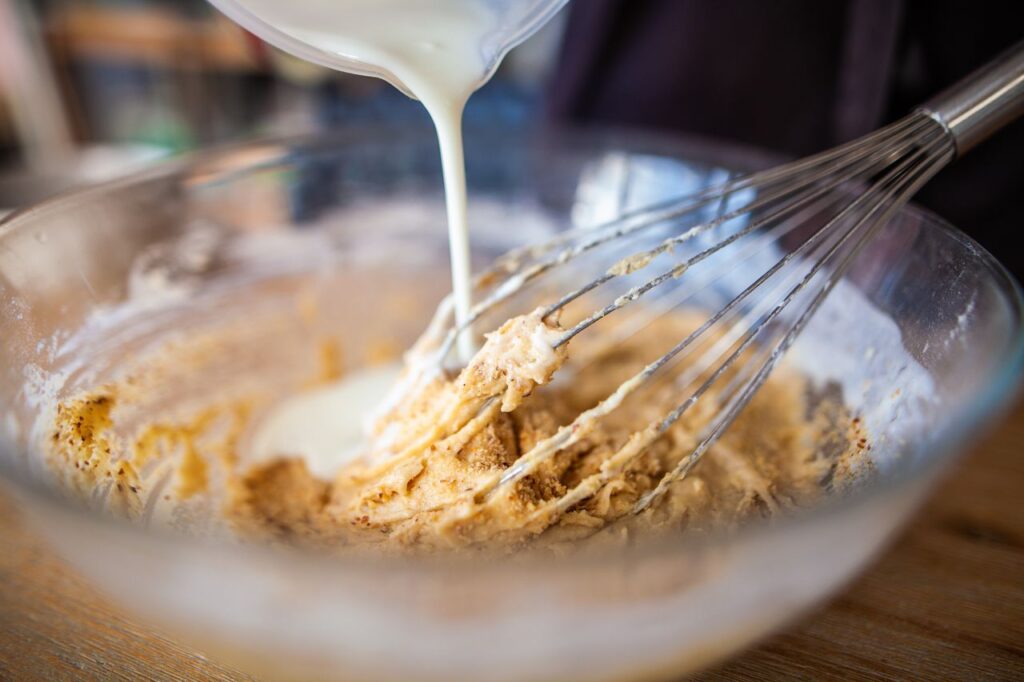
Liquid measurement follows unique procedures. When measuring liquids use clear measuring cups which should rest on flat surfaces. Position your eyes at the same level as the cup to check the measurement point at its lowest point. The most precise measurement results come from using glass or clear plastic cups.
Sticky Ingredient Strategies
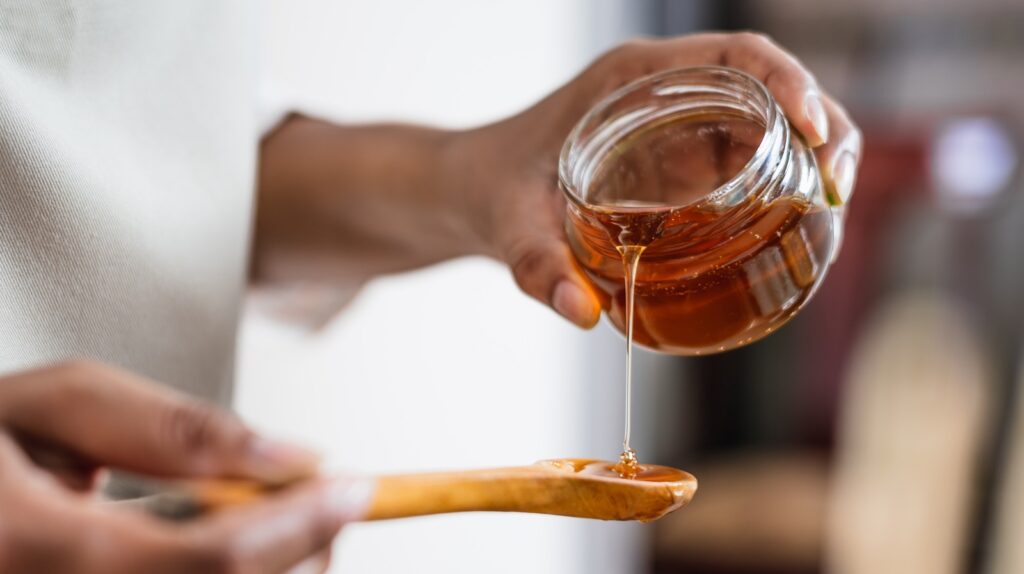
Honey, molasses and syrup require specific methods for measurement. Apply a thin layer of oil to your measuring cup to make ingredients easily slide out without sticking. A silicone spatula will help you extract all the ingredients during transfer.
Precision in Baking
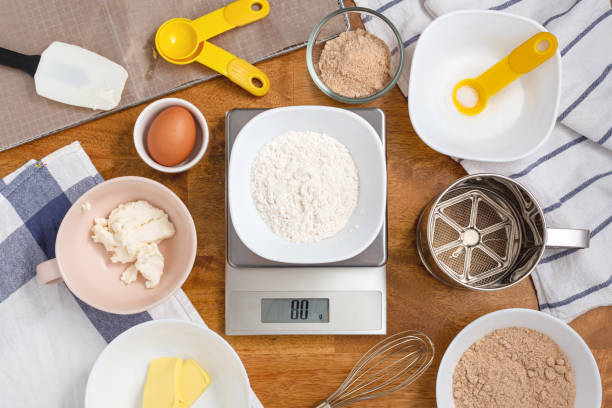
Baking requires the most exact measurements to achieve successful outcomes. Exact recipe instructions must be followed together with a digital kitchen scale to achieve the best accuracy. Weight measurements eliminate variations caused by different measuring cup designs.
Baking Measurement Essentials
- Follow recipe instructions precisely
- Consider weight over volume
- Use consistent measuring methods
Common Conversion Reference
Understanding basic measurement conversions helps in recipe adaptation:
- 3 teaspoons = 1 tablespoon
- 16 tablespoons = 1 cup
- 1 cup = 8 fluid ounces
Conclusion
Learning how to measure ingredients properly transforms both your cooking and baking abilities. By practicing measurement techniques and investing in quality tools you will observe your culinary skills grow. Remember, precision is the secret ingredient in every great recipe.
